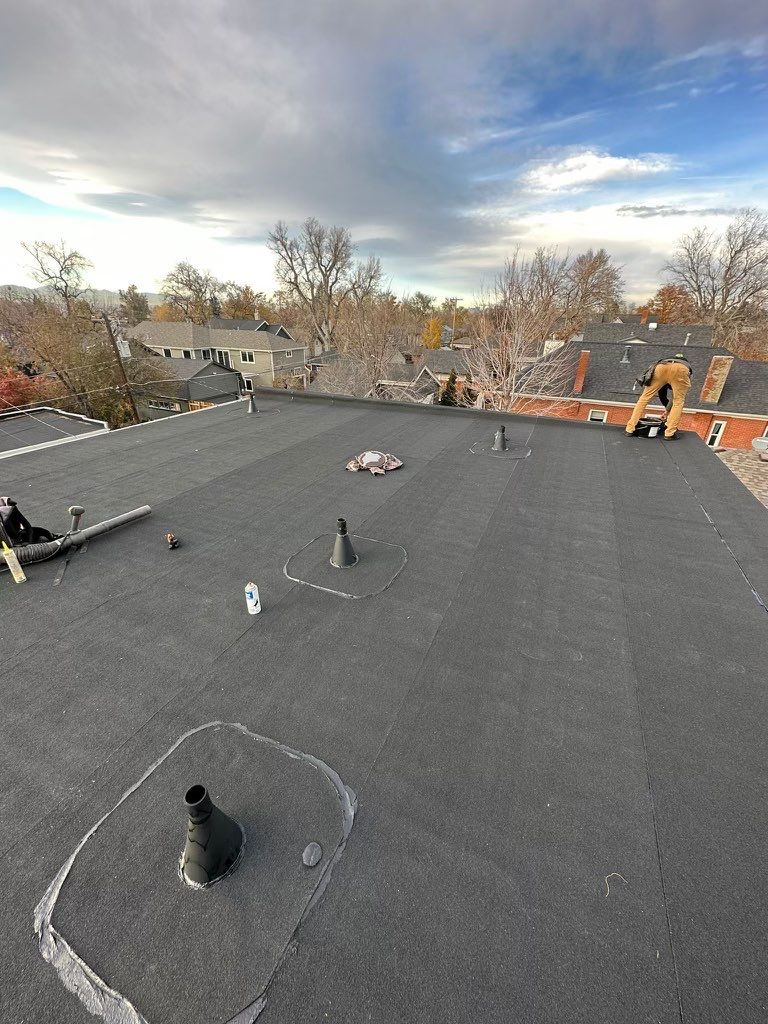A newly installed roof is a crucial investment that protects a home or commercial building from external elements. However, ensuring the longevity and durability of this investment requires a thorough post-installation roof inspection. A professional assessment identifies potential issues, safeguards warranty coverage, and ensures compliance with industry standards.
Why Post-Installation Roof Inspections Are Essential
Quality Verification of Workmanship
Even with experienced roofers, human errors or overlooked details during installation can lead to long-term issues. A detailed inspection ensures that materials such as underlayment, flashing, and shingles are correctly placed and securely fastened. Any installation defects can be rectified early, preventing costly repairs.
Preserving Manufacturer Warranties
Roofing materials typically come with manufacturer warranties, but improper installation can void these guarantees. A professional inspection verifies that the roof meets all manufacturer specifications, ensuring continued warranty protection.
Early Detection of Structural or Water Damage
Hidden flaws, such as minor leaks, inadequate sealing, or structural weaknesses, may not be immediately visible. A post-installation inspection detects these problems early, preventing moisture damage, mold growth, and insulation degradation.
Ensuring Safety and Code Compliance
Building codes regulate roof installations to maintain structural integrity and safety. A post-installation inspection ensures that the roof adheres to these standards, protecting occupants from potential hazards caused by faulty installation.
Key Components of a Post-Installation Roof Inspection
A comprehensive post-installation inspection involves an in-depth evaluation of various structural and material components.
1. Roofing Materials and Installation Integrity
- Inspect shingles or roofing panels for uniform alignment and proper sealing.
- Check for missing, loose, or improperly fastened materials.
- Assess the condition of flashing around chimneys, skylights, and vents.
- Confirm that the roof underlayment is intact and installed correctly.
2. Ventilation and Insulation Assessment
- Ensure attic ventilation meets industry standards to prevent heat buildup.
- Verify insulation levels to enhance energy efficiency and prevent condensation.
- Check for any blockages that could restrict airflow and cause premature roof deterioration.
3. Structural Stability and Load Distribution
- Examine the roof deck for warping, sagging, or structural weaknesses.
- Evaluate the alignment and support of trusses and rafters.
- Confirm that the roof can withstand local climate conditions, including heavy snowfall or high winds.
4. Leak Detection and Interior Inspection
- Check ceilings and walls for any signs of water infiltration.
- Inspect attic spaces for damp insulation, mold, or mildew.
- Use infrared technology or moisture meters to detect hidden leaks.
5. Gutters, Downspouts, and Drainage Systems
- Ensure proper gutter alignment and secure attachment to the roofline.
- Remove debris or blockages that could cause water buildup.
- Test downspouts to verify proper water diversion away from the foundation.
The Importance of a Certified Roof Inspection
A professional roof inspection is best conducted by certified roofing experts who adhere to industry best practices. At Tried and True Roofing, we specialize in high-quality roofing in Denver, ensuring that every roof meets rigorous safety and performance standards. Denver roofers must be equipped to handle the region’s unique weather conditions, making post-installation inspections even more critical.
Conclusion
A post-installation roof inspection is a necessary step in maintaining the longevity, efficiency, and safety of a newly installed roof. It identifies potential issues early, preserves warranty protection, and ensures compliance with building regulations. Homeowners and commercial property owners should always schedule a professional inspection to safeguard their investment and ensure long-term durability.
